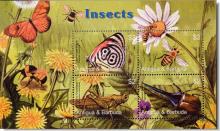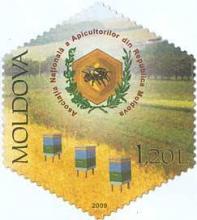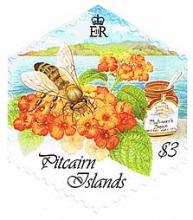Insektizide: Niedriger IQ nach pränataler Exposition
Chapel Hill/New York City/Berkeley - Insektizide aus der Gruppe der Organophosphate können möglicherweise die Entwicklung des Gehirns beeinträchtigen. In Environmental Health Perspectives (EHP) bringen gleich mehrere Gruppen die pränatale Exposition mit einer verminderten Intelligenz von Kindern im Grundschulalter in Verbindung.
Organophosphate töten Insekten durch die Hemmung des Enzyms Acetylcholinesterase. Sie unterbrechen die Signalübertragung zwischen Nervenzellen beziehungsweise zwischen Nerven- und Muskelzellen. Es handelt sich folglich um Nervengifte, die auch für den Menschen nicht unbedenklich sind.







